That Vietnam is the second largest coffee producer in the world after Brazil probably comes as much of a surprise to you as it did to me and the reason most of us haven’t noticed this is because its rise has been almost literally meteoric. In 1986, after 10 years of failed collectivised farming the Vietnamese government took the decision to turn the land over to growing coffee, mainly on government funded small holdings of 2-3 acres. From a world market share of almost nothing (0.1% in the mid 1980s) Vietnamese coffee reached 20% in just under 30 years.
Second interesting coffee fact – almost a quarter of all instant coffee drunk in the UK today comes from beans grown in Vietnam. Nescafé instant coffee is almost certainly Vietnamese in origin as Nestlé (I think uniquely among the producers) has its own processing and packaging facility in the country. A concentration on the instant coffee market came about because the Robusta beans are grown rather than the more delicately flavoured and more valuable Arabica variety. Curiously the more refined taste of the latter comes from a lower concentration of caffeine!
Naturally Vietnamese are tea drinkers, but like any capital city there are good cups of coffee to be had in Hanoi. Daughter No 2’s flat being in a state of packing disorder we sent out for cappuccino (always surprised it has 2 ps, now I’ve note this perhaps I shall remember it) and granola every morning we were there and mightily vivified we were by an excellent drink. But there were local specialities to be tested and we were not lacking in adventure. Yoghurt coffee, served cold on ice was delicious (quite warm, no coats needed that day) and after a heavy shopping session in Hanoi old town we decided to plunge in and try an egg coffee. As culinary traditions go this does not have a long pedigree having been created in the 1950s at a time when milk was scarce and an enterprising café owner hit upon the idea of replacing fresh milk with egg and condensed milk. It is not the quickest coffee to make so the cup arrives sitting in it own personal bain marie to keep it warm. But, it looks for all the world like a cappuccino and wouldn’t you know tasted pretty much like one too? Verdict: very nice, but a bit of a faff to make for yourself.
However, should you ever run out of fresh milk but have a can of condensed milk in the larder and an egg in the fridge and be desperately in need a cup of coffee here is the recipe.
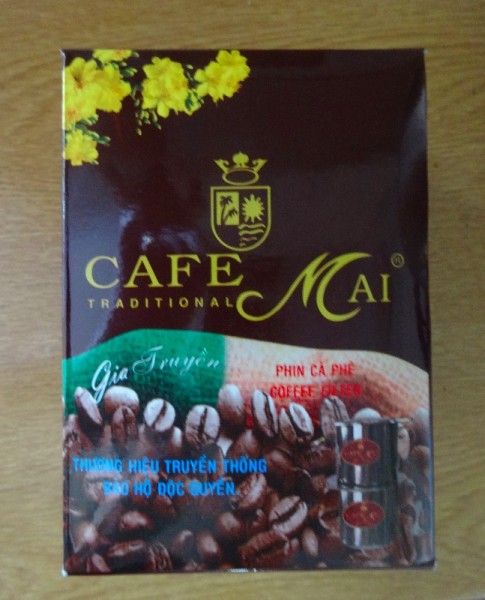
Cafe Mai boxed coffee kit containing metal cup and metal filter (note the branch of apricot flowers)
Brew a pot of strongish ground coffee. Per person put 1 egg yolk and 2 teaspoons of condensed milk into a small deep bowl. Whisk until frothy and then add a teaspoon of the brewed coffee per person and whisk again. Pour the rest of the brewed coffee into cups and top with the frothy creamy mixture. Drink quickly if no personal bain marie available. (Now I know why so many Vietnamese coffee mugs come with little fitted lids – see blue dragonfly mug in photo above; the red daisy mug also had a lovely little lid but the vicar had a bit of a contretemps getting it on to the top shelf in the cupboard and the lid is no more – love the handle though).
Daughter No 2’s office colleagues presented daughter No 1 and me with boxed gifts of little metal filters and packets of Vietnamese coffee to make the genuine thing. These metal cups have double filters and act just like paper coffee filters.
If egg coffee is not especially strange, the same cannot be said of the most popular Vietnamese instant coffee which is distinctively different and quite an acquired taste – very occasionally I quite like it for novelty’s sake, but more often I hate it. Not being able to read Vietnamese it was only later that I learned each packet comes with sweetener and creamer ready mixed with the coffee. Ugh, ugh, double ugh.
Of civet coffee I shall say little. In the wild, civet love eating coffee berries which they egest (as undigested matter, not excrete). This is then collected, washed, roasted, etc. when it reveals a distinctive and much prized taste. The trouble of course is that what begins as a gastronomic curiosity attracts a high price tag, and then either develops into a ‘farmed’ product, or is commercially faked. Both these things have happened. As most of us neither want to hear of civets force fed coffee berries and packed into cages nor have any interest in adulterating perfectly decent coffee beans, it is better to just steer well clear of civet coffee and wipe it from your mind. (See Guardian article.)
The other thing that worries me about coffee production in Vietnam is that I’m uncertain as to how much the Vietnam government have considered the danger of monoculture. Growing the same crop in the same place year after year leads to serious depletion of vital soil nutrients (three cheers for good old crop rotation). If coffee is grown on lands after deforestation there are then further problems caused by water erosion on earth lacking the binding of tree roots and the uptake of excess water into the trees. Just another area in which you really can have too much of a good thing.

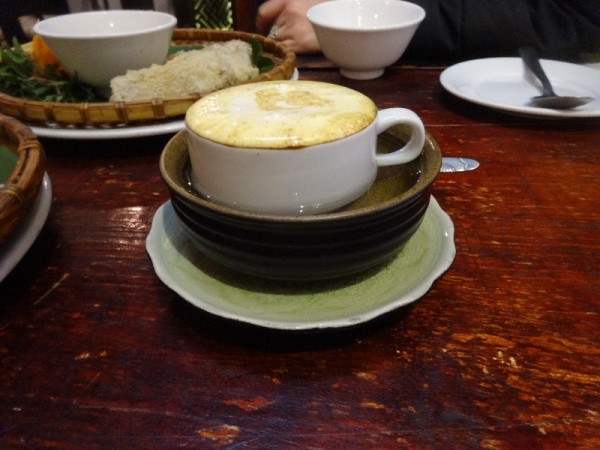
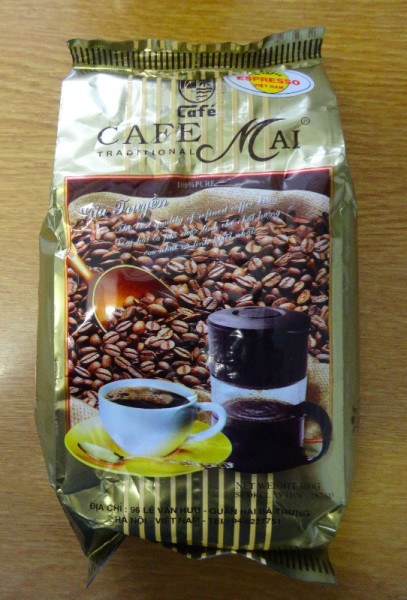
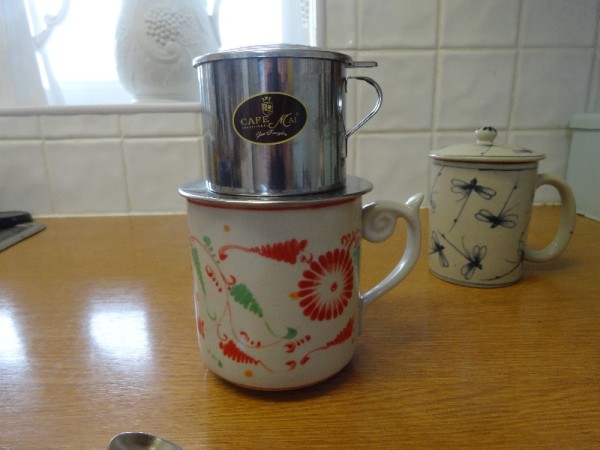
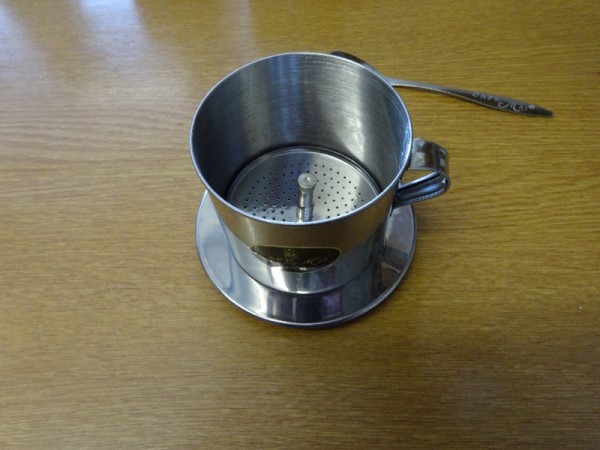
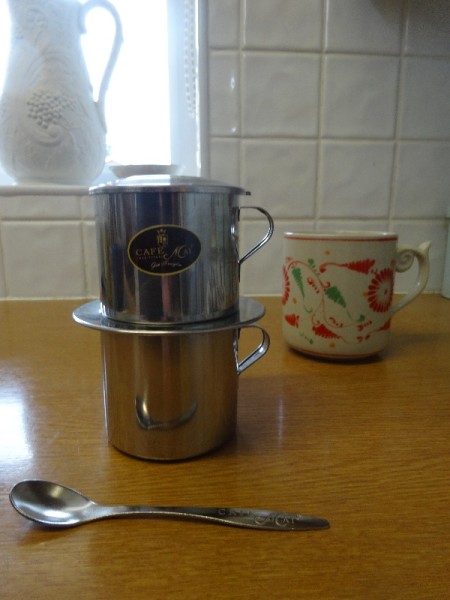
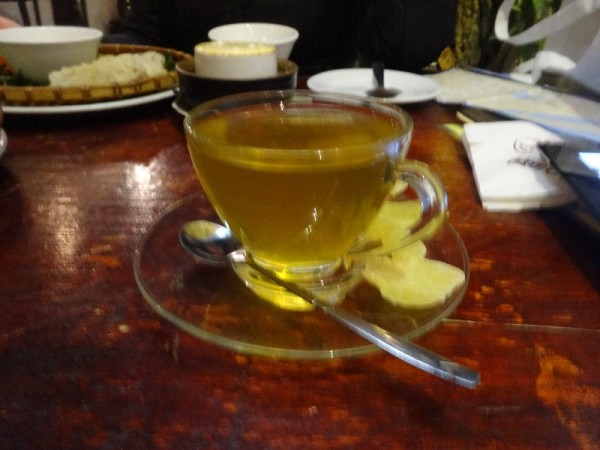
4 Comments
I wonder whether the Medieval farmers understood the benefits of crop farming or fell into it by accident?
You do wonder don’t you – was it a happy accident or did a clever farmer make certain observations and then set to with a bit of early scientific experimentation? But even if the latter happened, how did he disseminate his researches?
Whatever, it was a really very clever idea.
As a former customer of Monmouth Coffee – beans as well as their desirable coffee sacks – when I lived in London, I thought I knew most of the less well known countries now growing coffee beans but had not heard of Vietnam doing so. I will source them very soon as we love trying out different varieties.
However, Mary, as much as you have advised us to, I am quite unable to wipe civet coffee beans from my memory bank!
You may have to hunt hard to source top class coffee from Vietnam as most cultivation is with those less subtle Robusta beans. There are a few coffee entrepreneurs and it is possible that they have opted for the more desirable Arabica. I can’t find much information beyond what I wrote, so I just don’t know.
I am about to open my packet of Vietnamese coffee and will let you know what I think of it. We certainly had some good cups of coffee there, so here’s hoping.